You can’t beat antique French Faience for weird and whimsical tableware, and this colourful collection is one of my very favourites. At the head of this feathered army, we have Le Roi or The King.
Rather haughty, isn’t he?
These plates seem to have been through the wars; some of them are in pretty rough shape.
They’re scarcer than hen’s teeth, if you’ll pardon the expression, and I was anxious that they not fly away like the first set of these I missed on eBay several years ago. Long time readers may recall that I’ve been hunting for these plates for years. They were my introduction into the wild and woolly world of humorous French Faience plates, and I’ve picked up several sets in dribs and drabs over time.
Remember the bicycles?
And the Whimsical Automobiles? That bathtub…
Then we had the children on the French Delicacies Plates.
And who could forget Don Quixote?
Sometimes the plates are more whimsical and less humorous, such as the Choisy le Roi rabbits.
And the Richard Froment Character Plates.
The antique scenes are just plain pretty and allowed me to use the bright blue optic glassware.
But all that collecting and table setting started with this elusive set of seven plates on eBay. Very inexperienced with bidding at the time, I got ambushed at the last minute, and the plates vanished to another bidder. I searched and searched for similar plates, trying all kinds of descriptions: “bird soldier,” “whimsical birds,” “bird characters.”
Then, finally, several years later, a battered set of four appeared for a song. I don’t usually buy damaged plates, but those wretched birds had stolen my heart, so I was prepared to put up with a bit of battle-scarring. Three more, in better shape, popped up a few months later. Some were duplicates, but that was fine. And then a lone ranger appeared, a better version of one of the four in rough shape. And voila! We have a table featuring Feathered Combatants.
The Mousquetaire (or Musketeer we Anglos would call him).
I love the lighted fuse and the battered appearance of the feathers.
The Hallebardier.
Named for that multi-pronged stabbing device he is holding upright, halberds were in prominent use during the 14th to 16th centuries. That seems about right for the feathered soldiers’ depicted period costumes.
As one would expect, there are injured parties.
The invalid, or L’invalide.
Looking very sorry for himself.
Le Docteur perhaps attended him. Very pompous.
Standing on a plinth.
So that’s six in total. I believe there are twelve in the series, as the Mousquetaire has the number twelve off to the side. Only a few of the plates are numbered, which made it very lucky to find this one.
I know we should be looking for Fracasse (I take that one to mean fracas or shatter/smash in French) from the original listing.
The Spadassin, meaning swordsman or bully. I thought it might be “assassin,” but no. He is quite dashing with his feathered hat and hooded cape.
Lastly, there is Le Lansquenet (a foot soldier). Lansquenet was also a card game played in central Europe during the 15th century and beyond. I remember it being referred to in These Old Shades, a well-loved book by Georgette Heyer.
I wonder what the other three might be? Won’t it make for a fun table when all twelve are mustered?
Meanwhile, we shall content ourselves with eight plates, including a couple of repeats. Styling the table took some thought. The pink edging and grey feathers were the most consistent features and colours, so I used those as the base. Grey and pink jacquard linens seemed appropriate, and I continued the subtle grey tones with pewter Emerson dinner plates by Juliska and galvanized chargers.
Many pink tulips in various shades echoed the rosy pink in the King’s Crown Cranberry Flashed goblets by Tiffin Franciscan.
I can’t remember where I picked up the square pewter open salts, but they match the Juliska Pewter nicely.
A cheery table for a chilly winter day.
Tulips make everything brighter, don’t they? A lifesaver in the winter months.
We are nearly at the end of January, and the days are becoming noticeably longer and lighter. Only one more month of winter (she says, optimistically). It can blow and bluster all it likes – February is a short month. I plan to sit it out by the fire, reading, planning spring tables, and baking. Gordon, my business partner, bought me some wonderful books for Christmas, and I’ve read both of these from cover-to-cover, enjoying them immensely.
Regula Ysweijn is a Belgian Food Historian. Firstly, I found it tremendous fun that a Belgian wrote about British food; secondly, I’d never heard of a food historian, but it makes sense, weirdly. “With over 100 iconic recipes, The British Baking Book tells the wonderfully evocative story of baking in Britain—and how this internationally cherished tradition has evolved from its rich heritage to today’s immense popularity of The Great British Bake Off. With lavish imagery and evocative narrative, the expert-baker author details the landscape, history, ingenuity, and legends—and show-stopping recipes—that have made British baking a worldwide phenomenon.”
Breaking Bread is the story of author Martin Philip: “Yearning for creative connection, Martin Philip traded his finance career in New York City for an entry-level baker position at King Arthur Flour in rural Vermont. A true Renaissance man, the opera singer, banjo player, and passionate amateur baker worked his way up, eventually becoming head bread baker.” A captivating story, it is beautifully written. I’m eager to try several of the recipes, though I still haven’t mastered sourdough culture. Grrrr…
Enjoy the day, all.

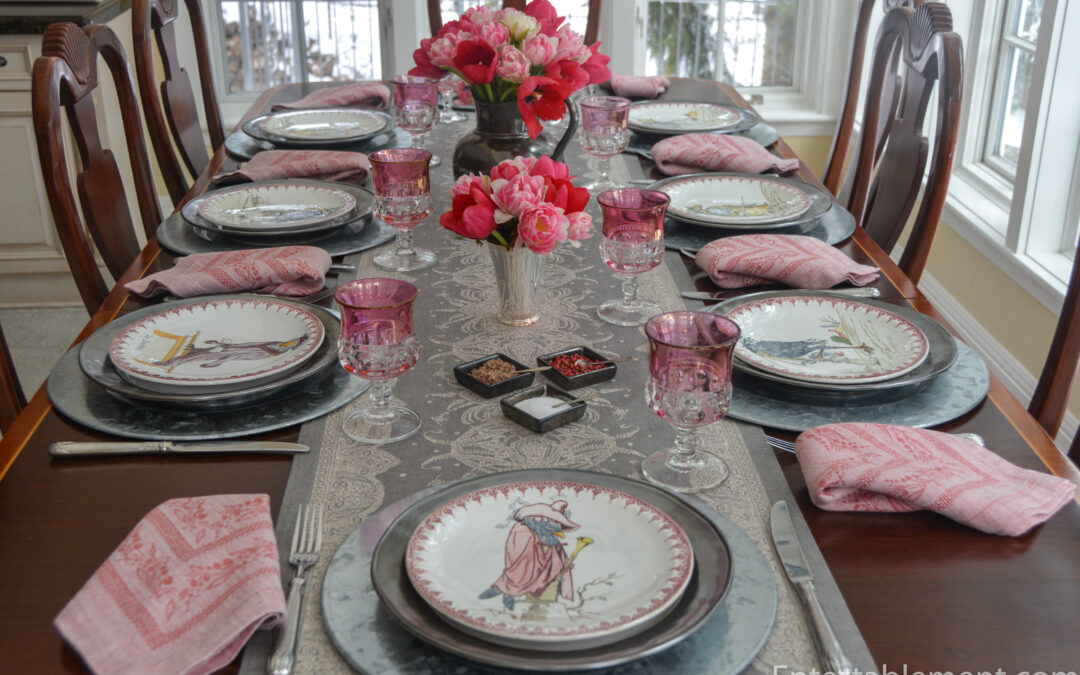
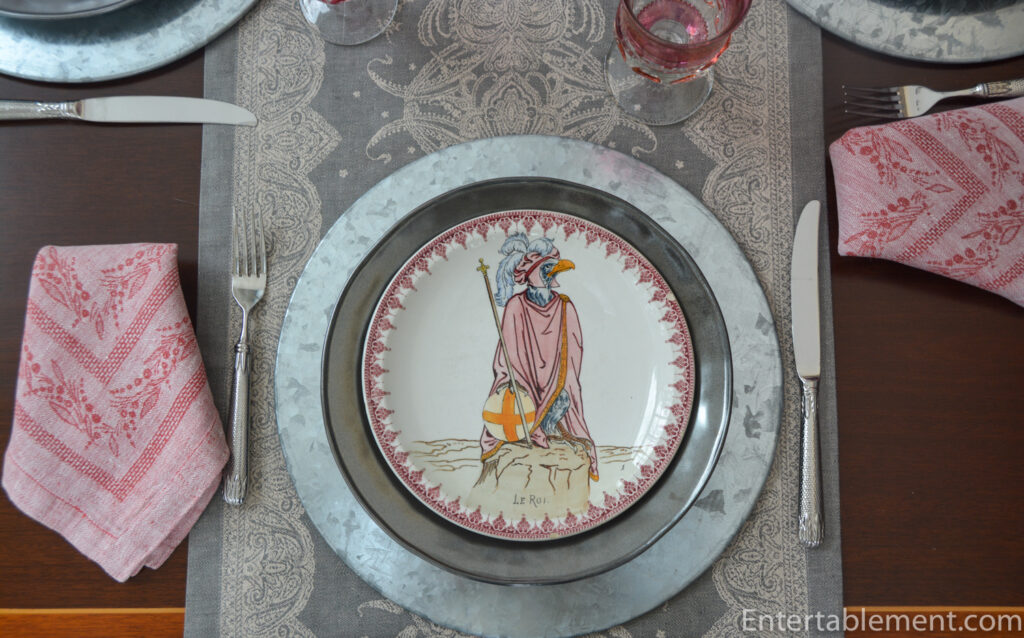
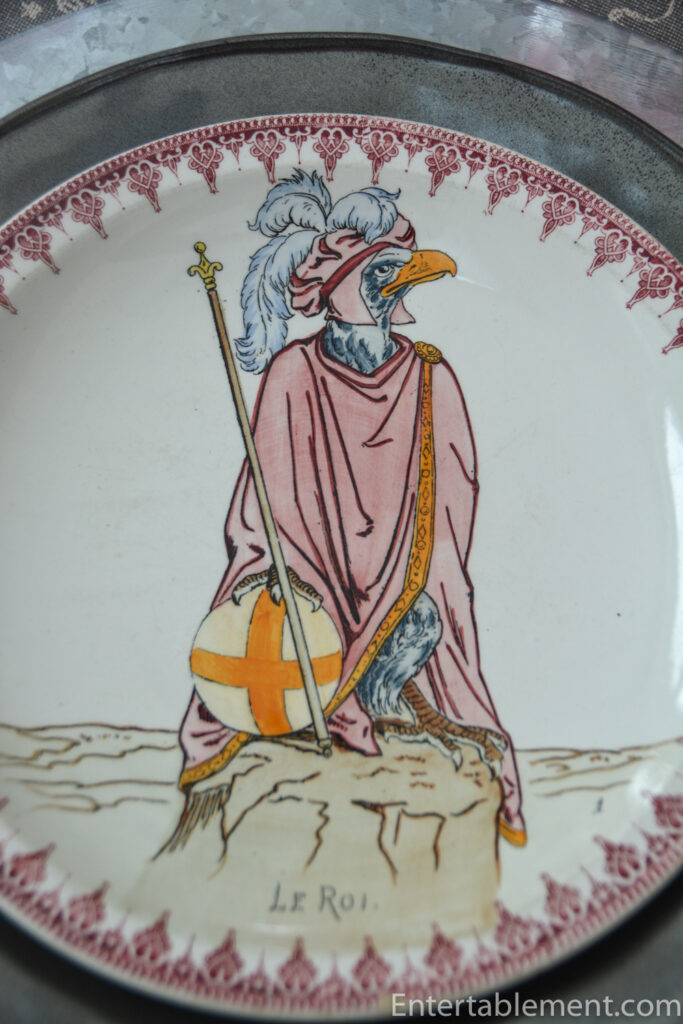
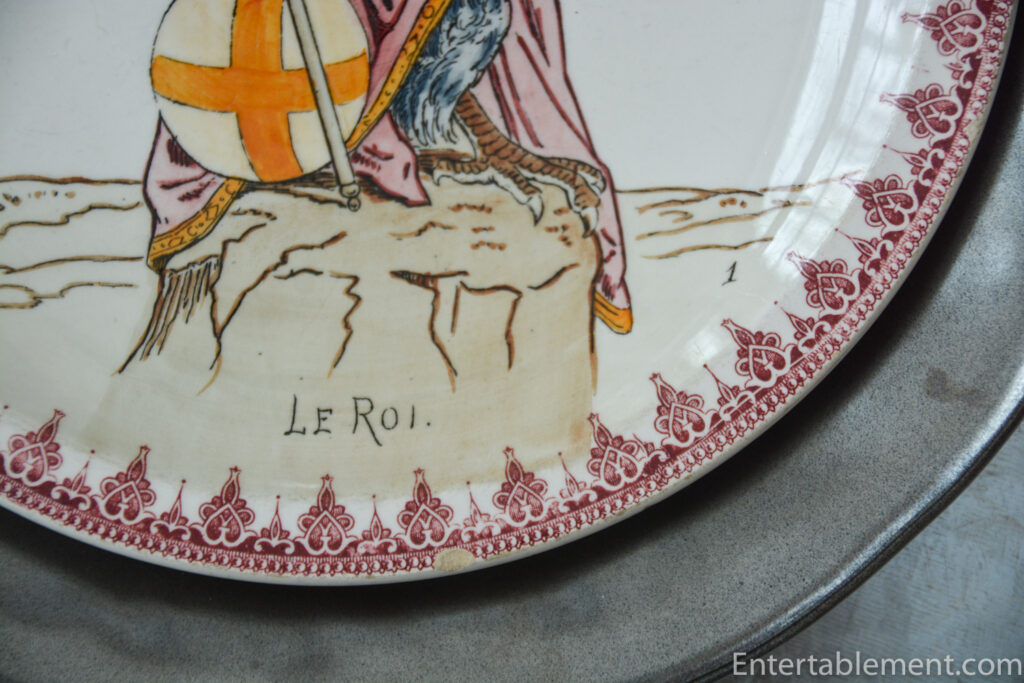
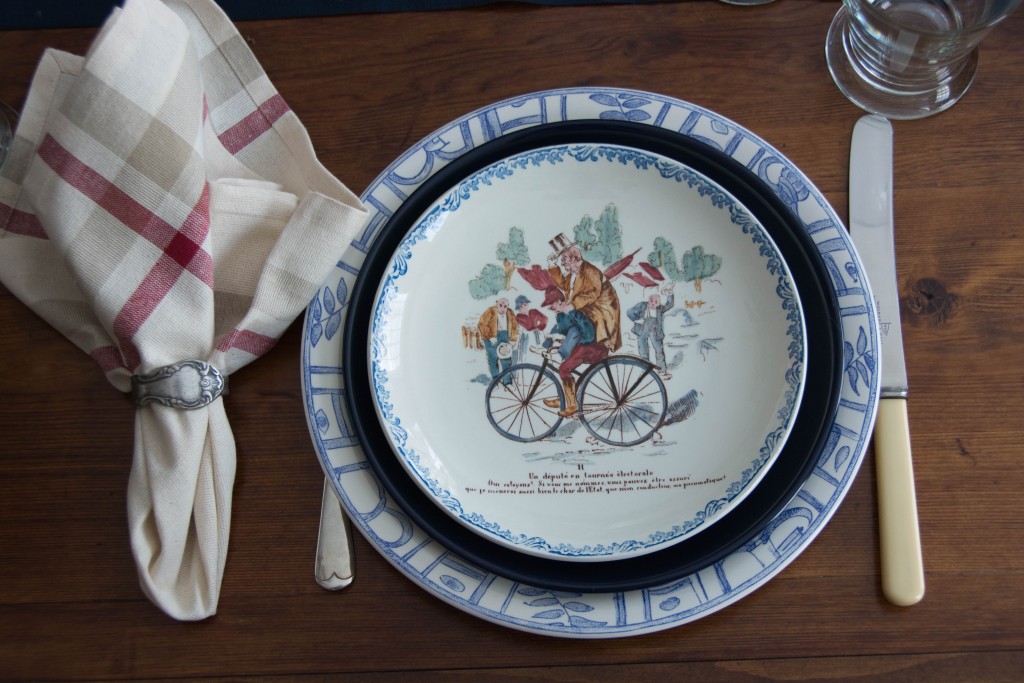


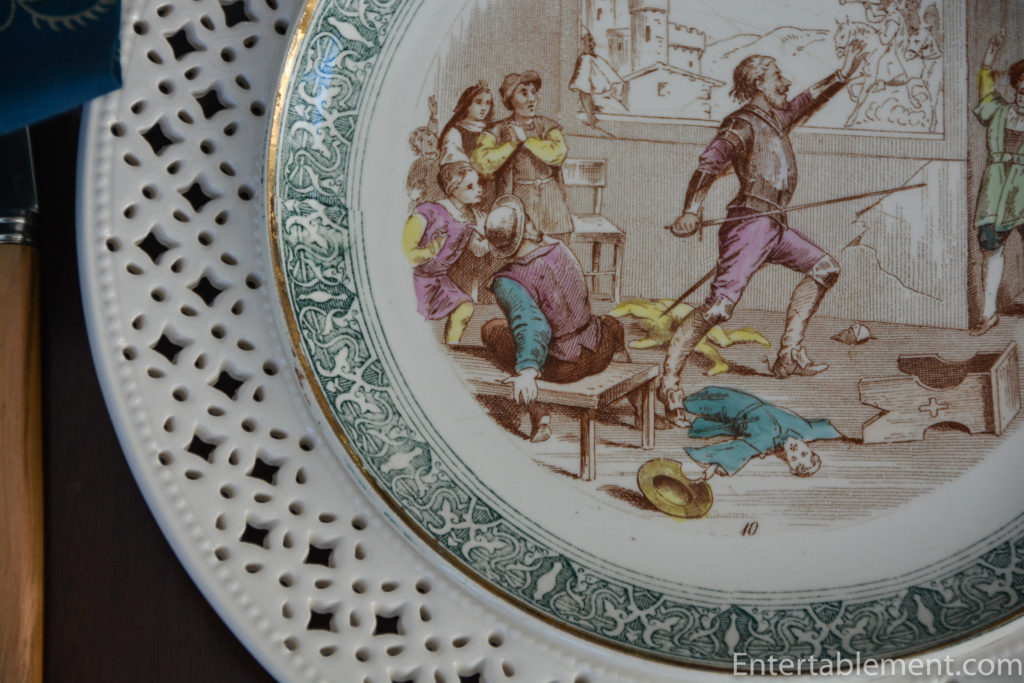




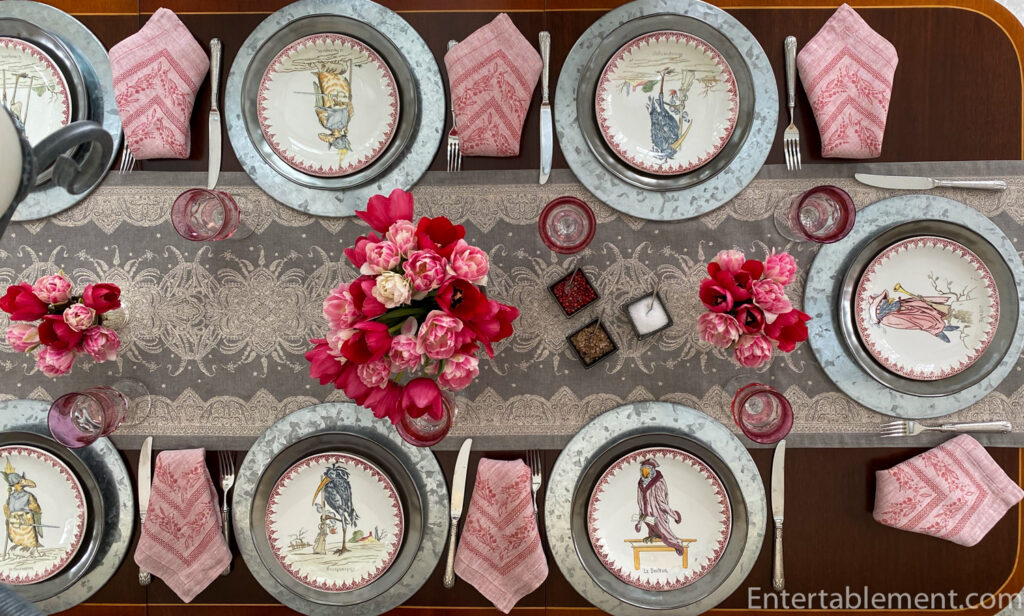





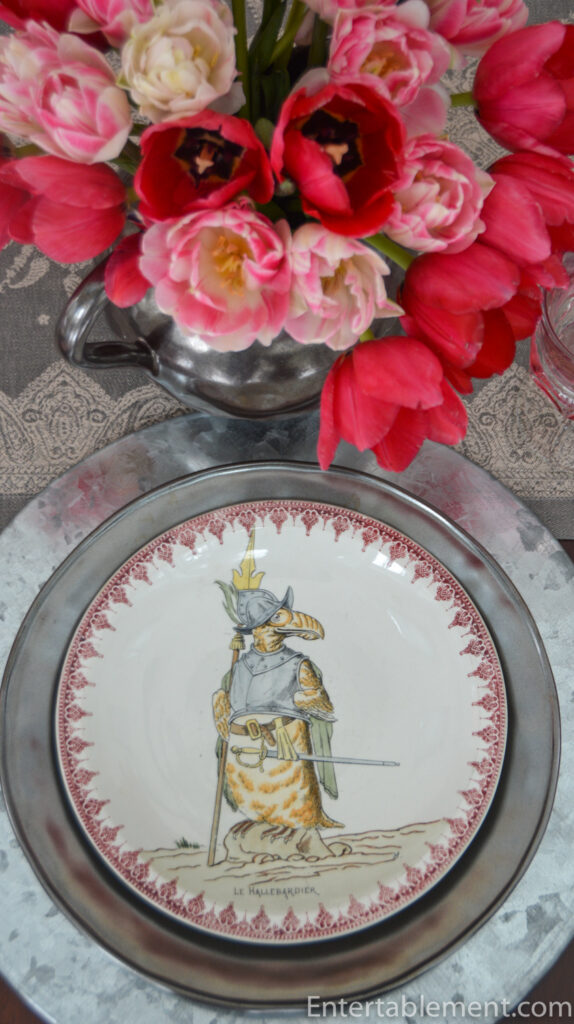
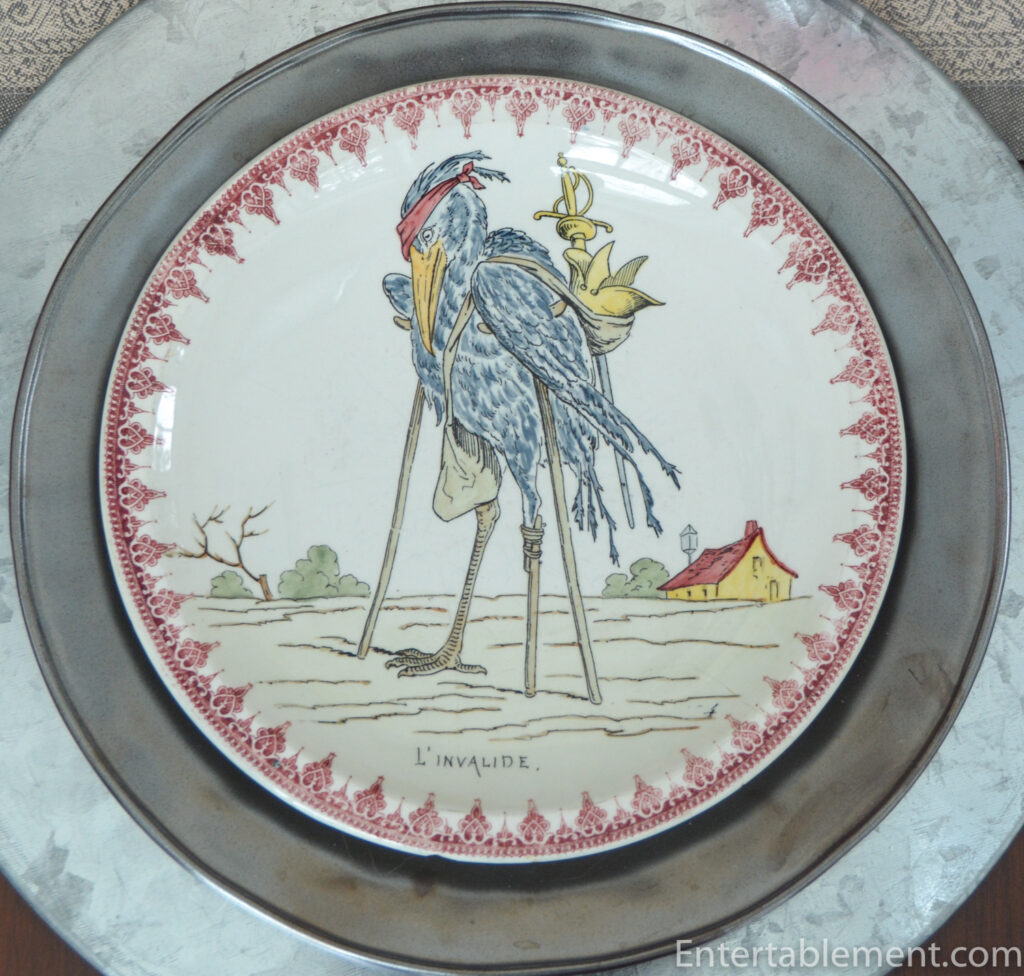






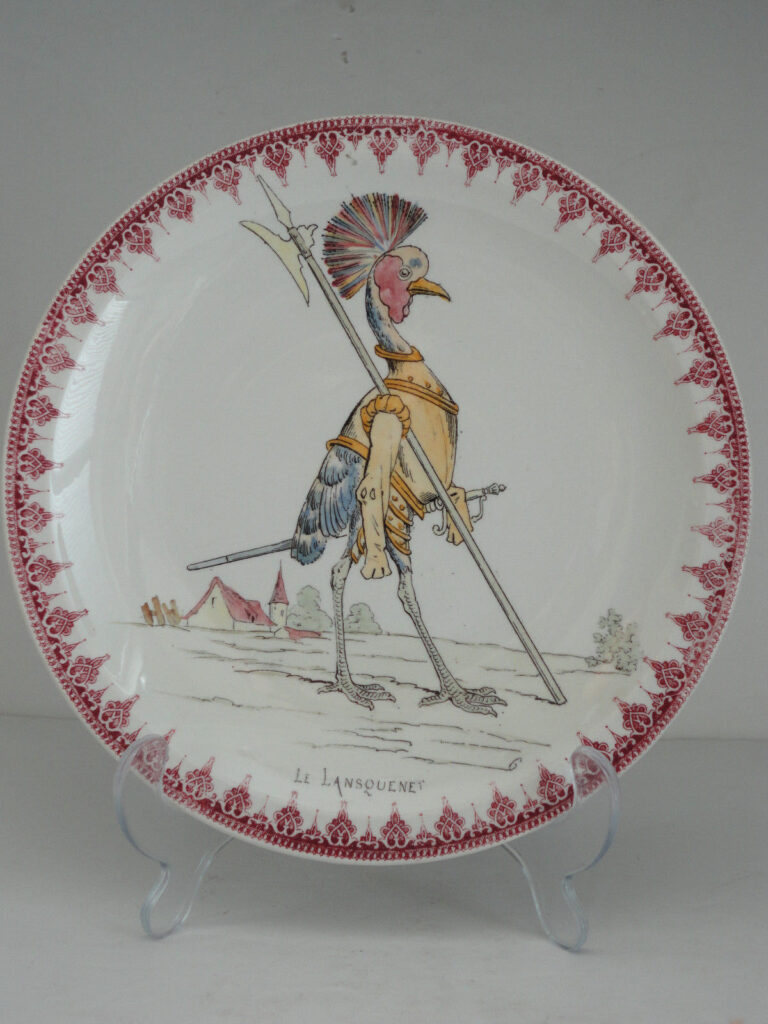

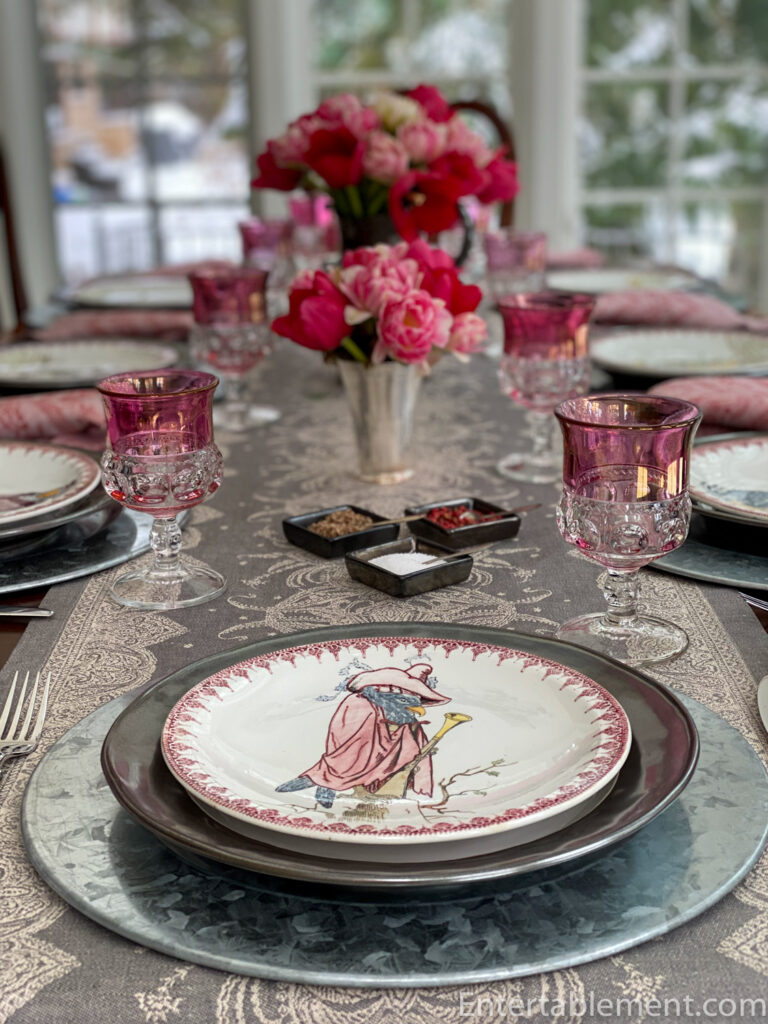
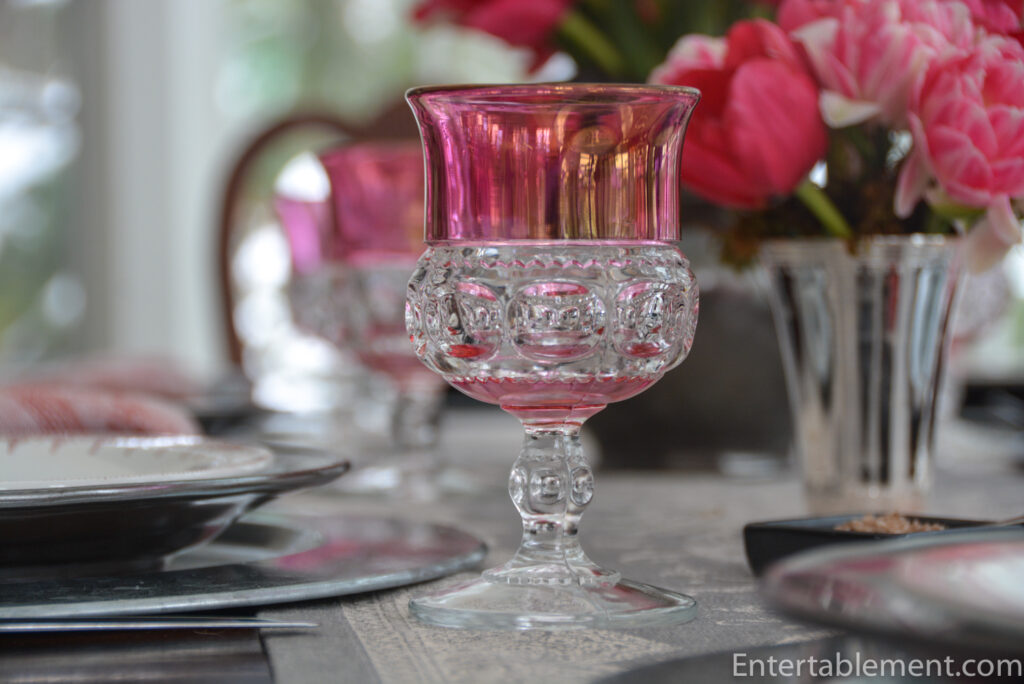


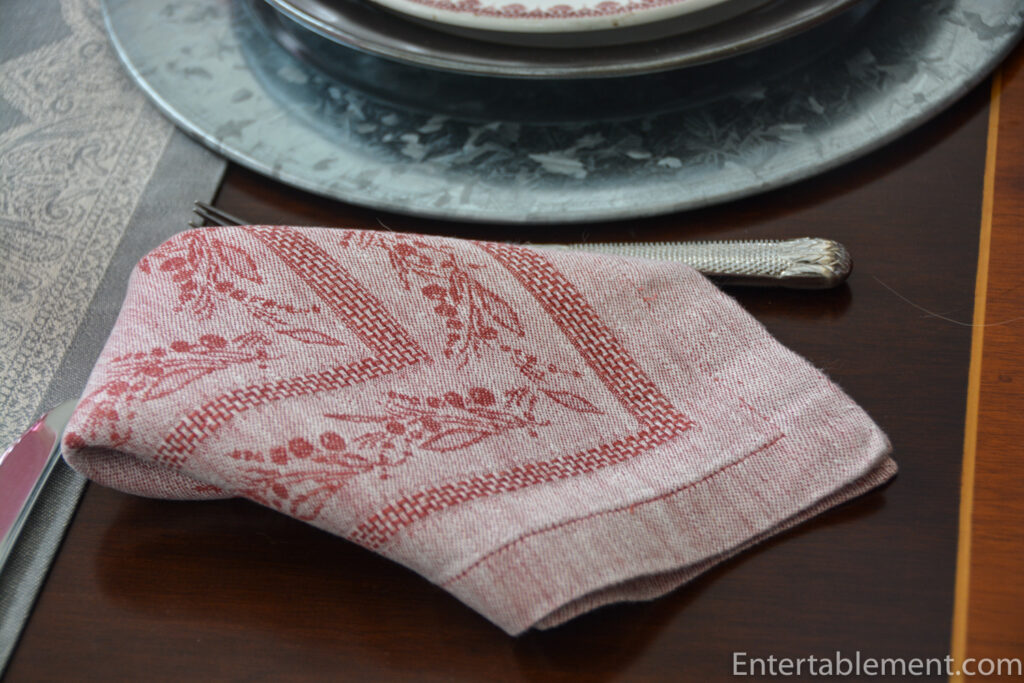




Such a beautiful and fun table. Thank you for sharing
Thanks, Brenda!
I can certainly understand the desire to complete this set of whimsical bird plates…they are delightful and you have chosen lovely colours to bring out their details. Good luck in locating any missing plates you may need! Always enjoy seeing how you set a beautiful table as it is one of the joys in my life too.
Thanks so much Alayne. I’ve been a bit hesitant of late, given the lockdown situation in Canada, not wanting to offend anyone (?!). But, life goes on. 🙂
These are adorable. Love the expressions on their faces and the roses are a big pick me up looking out at the cold snow. Off to Florida on Friday. Yeah! Happy reading.
Have fun in Florida! It’ll be nice to get some warmth after this chilly January. 🙂 Safe travels.
These plates are so much fun! Thanks for sharing. I purchased your wonderful book for my sister for Christmas and i believe you have a new fan.
Thanks so much, Linda! I’m so glad your sister liked the book.:)
Lovely table! And those dainty pink napkins are a perfect match. Are the napkins Irish linen?
They are, Linda! I got them at Williams Sonoma many years ago.
Wow, Helen!!
Amazing! Truly unique!!!!
This is a beautiful presentation and I’m happy to have chanced upon it! Every few years I search around looking for these plates online, and it’s been years since I’ve had any luck. I have a full set of 12, plus an extra Mousquetaire because sometimes you have to buy extras to get what you want, as you know! I started with one plate, a gift from my grandmother 20+ years ago, and it took me about 10 years to hunt them all down.
They’re very hard to find even though they were made in/by Montreux for export to anglo countries (hence the Made In France stamp on the backs.) I acquired most of mine from sellers in the UK.
It looks like you are missing #8 – Le Précepteur, #10 – La Sorcière (my favorite), #11 – Matamore, if I counted correctly. Feel free to email me if you would like photos of any you are missing. They should all be numbered, even if the number looks like a squiggle due to discrepancies in hand painting techniques.
Oh, how exciting, Holly. Isn’t it wonderful when you can track down the final few in a collection? I’m still missing a couple of the 100 Years of Fashion set (shown in Much Depends on Dinner, and one of the Don Quixote set as well.
I will email you, as I’d be delighted to get photos of the three missing ones, so I know what I’m looking for.
Thank you again!
Best,
Helen